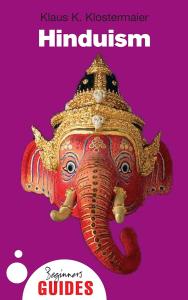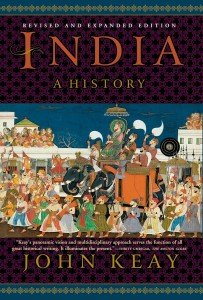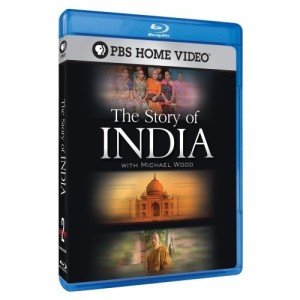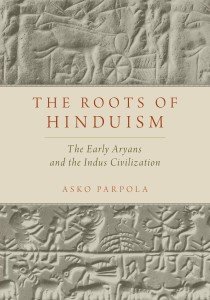Review of Roots of Yoga by James Mallison and Mark Singleton
Roots of Yoga (2017, Penguin Classics) is an ambitious, intellectually illuminating historical and philosophical exploration of the origins of yoga. Authored by James Mallinson and Mark Singleton, it’s more than a mere collection of old scriptures — it’s a crucial critique of the evolution of yoga and its impact on modern spirituality.
Background of the Authors
James Mallinson is a world authority and practitioner of yoga in the Indian tradition. He’s helped discover and translate ancient yogic manuscripts, shedding light on the deep history underlying contemporary yoga. But his credibility is bolstered by his fieldwork and research in Indian philosophy.
Mark Singleton, by contrast, was a pioneer in the critical study of modern yoga. His previous work, including Yoga Body: The Origins of Modern Posture Practice, revealed the transformations yoga underwent in the West, as it blended tradition with modernity. Singleton’s anthropological treatment offers a critical examination of yoga, exploring not only its physical aspects but also its socio-cultural implications.
Between them, Mallinson and Singleton achieve a delicate equilibrium of scholarly discipline and hands-on experience, rendering Roots of Yoga a compelling read that profoundly interrogates how we think about the tradition — and even the terminology — typically applied to yoga.
Structure and Content
Roots of Yoga is structured around translating and interpreting several classical texts, some as early as the 2nd century BCE, including the Yoga Sutras of Patanjali and several Upanishads. They are translated in the early part of the book, with the latter half adding some modern commentary and explanation of what they meant then and mean now.
For the record, the authors are diligent in situating yoga not only as asanas, but also as a deep tradition of philosophy, ethics, and spirituality. It’s a crucial distinction that resonates throughout the book, prompting the reader to look beyond the commodified gloss of yoga as just another trendy workout.
Themes and Analysis
One of the recurring themes in Roots of Yoga is the issue of authenticity and the distinction between so-called “true” yoga and what we practice in the West. Mallinson and Singleton approach this debate thoughtfully, contending that understanding yoga’s origins is crucial for anyone seeking sincere practice. It is through this historical contextualization that they shift the discussion from one about appropriation to one about appreciation, urging us to engage with yoga’s pluralistic history and its philosophical roots.
Furthermore, the authors bring a critical eye to the socio-cultural implications of what yoga’s transformation portends. They travel the worlds of globalization, contemporaneity, and the commercialization of yoga, warning against narrow interpretations that dismiss long histories. Their inquiry highlights these crucial questions of identity and cultural transfer in a globalizing world.
Literary Style
The writing of Roots of Yoga is a felicitously uncommon mixture of scholarly and accessible. The authors adeptly blend the professor’s lecture with punchy prose, inviting both veteran practitioners and curious newcomers alike into the fold. Their observations are peppered with anecdotes, personal experiences, and history — not only making the book a delight to read, but also a terrific scholarly resource.
Alas, at times, the avalanche of detail is overwhelming, and readers unfamiliar with the edges of the source texts or philosophy can lose track. However, the writers have provided generous footnotes and a comprehensive bibliography, which will direct those interested in delving deeper.
Conclusion
Roots of Yoga is a seminal work in the yoga canon. It offers readers a deep and cutting historical context that shapes yoga’s deep modern transformations. Mallinson and Singleton not only illuminate the path of yoga’s development, but they also call us into the tradition.
In an era when yoga is often confused with a stretch-based workout, this book serves as a vital reminder of the rich philosophical and ethical tradition at its core. For yogis and academics alike, Roots of Yoga is more than a tome; it’s a chance to reconnect with the rich heritage that has nourished this ancient practice.






